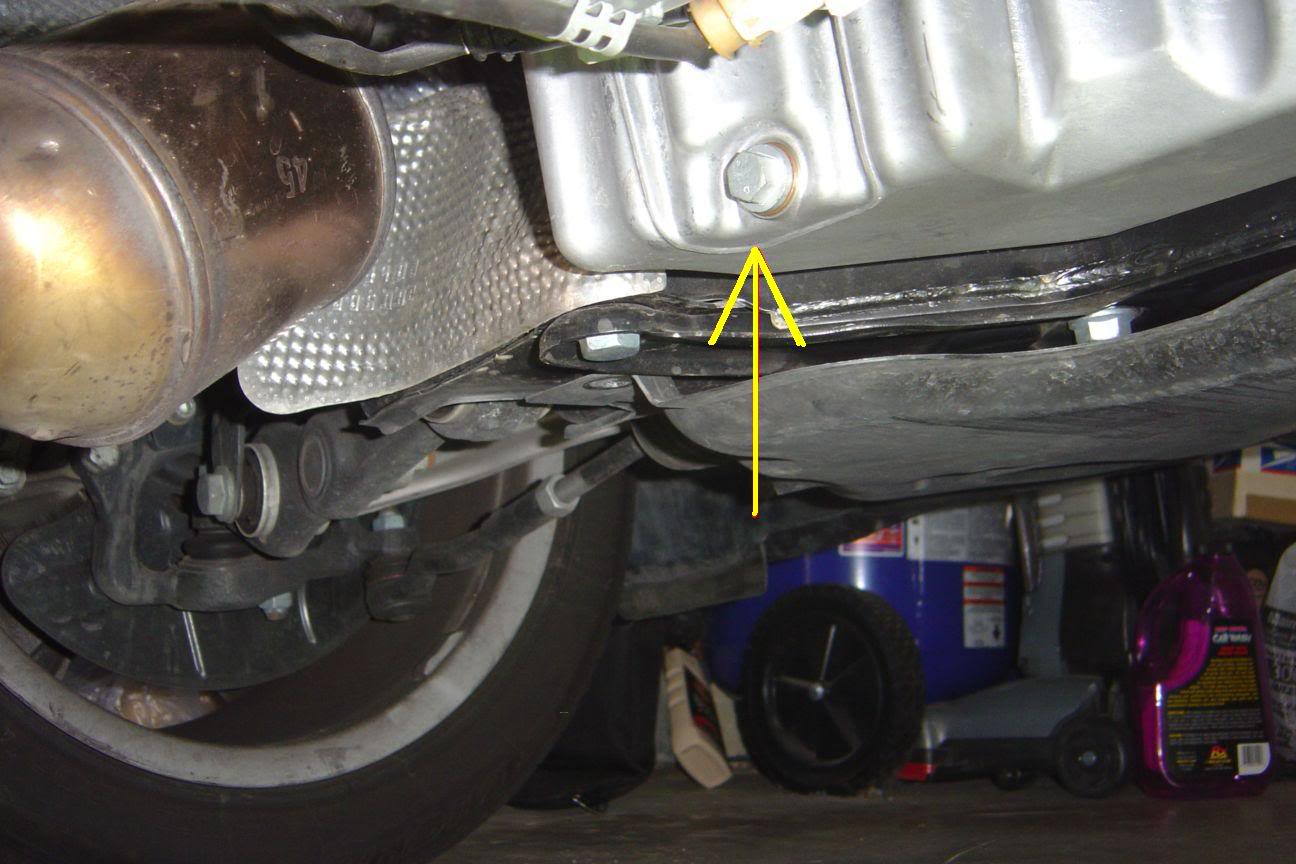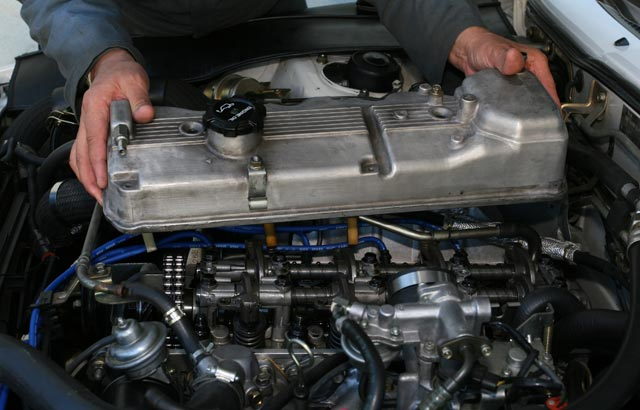Ford Mustang GT 2005-2014: Why is My Car Leaking Oil?
An oil leak in your Ford Mustang GT is something to be concerned about. Read this guide to discover what could be causing your car to leak.
This article applies to the Ford Mustang GT (2005-2014).
An oil leak isn't just messy, it's also a concern. The Ford Mustang GT is sealed tight, and every component is tested as well as installed correctly. An oil leak means something has gone wrong and needs to be fixed immediately. The oil in the engine is there to lubricate the metal components when moving. Without it, your oil pressure will rise, your oil temperature will rise, and your engine's components will wear. This guide will help you in diagnosing the source of the leak and what you can do to fix it. If your car is leaking oil, diagnose it as soon as you can and avoid driving it anywhere.

Materials Needed
- Flashlight
- Oil filter wrench
To ensure you have an oil leak, check under the car for oil spots and then check the engine oil dipstick. If the oil level is low, it's most likely leaking; if it's not, be sure it's an oil leak you're looking for and not a coolant leak.
Step 1 – Check oil filter
It could be loose or gasket could be worn.
The oil filter is the most common place for an oil leak because it's one of a few components that gets removed frequently. During each oil change, the oil filter gets replaced and the new one gets tightened back on. Use your oil filter wrench to ensure it's tight. If the leak is still coming from the oil filter, remove it and inspect the oil filter ring. It could be damaged or missing, causing an oil leak.

If the oil filter is not causing the leak, proceed to Step 2.
Step 2 – Check the oil pan's drain plug
It could be loose or stripped.
Like the oil filter, the oil pan's drain plug is a little bolt that gets removed each time you perform an oil change. If someone has tightened it too tight, the bolt's threads could've gotten stripped, which could cause a leak. On the other side of the scale, if someone had tightened it but not all the way, it could be too loose and cause the leaking. The best way to check it is to see if the oil spots are around the drain plug. If it is, then tighten it gently. If it's tightening but it feels loose, then it could be stripped, in which case, remove it, drain the oil and replace it with a new drain bolt/plug.

If the drain bolt is not the culprit, move on to Step 3.
Step 3 – Check oil pan
It might need to be sealed.
The oil pan is held in place by various bolts, but that's not what prevents the leak. The sealant between the pan and the surface it attaches to is what keeps the oil from leaking. Sometimes, the sealant wears out, or if it has been removed before, it might have not been sealed properly. To check for oil pan leak, shine your flashlight around the edges of the oil pan, and if you see leaks coming from between the oil pan as well as the engine, then you will need to reseal it. To reseal it, you will have to drain the oil from your engine and remove the oil pan. Clean both the oil pan and engine's surfaces from the oil sealant, then rub sealant on both surfaces with a gasket in between.

If the oil pan is sealed properly, proceed to Step 4.
Step 4 – Check valve covers
It could be leaking.
Another area that could be leaking oil is your valve covers. These two covers are located under the hood and are sealed to the engine. Oil flows right under them, so if the sealant is worn, it could start leaking. If you spot the leak, you will need to remove them, scrape off the old sealant, then reseal them and install them back on.

Pro Tip
If you still experience an oil leak, it's recommended you visit an auto mechanic. The leak could be coming from a timing covet gasket, a front crankshaft seal, or a rear crankshaft seal. All are located in a very tight areas and are better left for the professionals to be resealed.
Related Discussions
- Oil Leak Engine Gone - MustangForums.com
- Valve Covers Leaking Oil - MustangForums.com
- Engine Oil Leak - MustangForums.com






